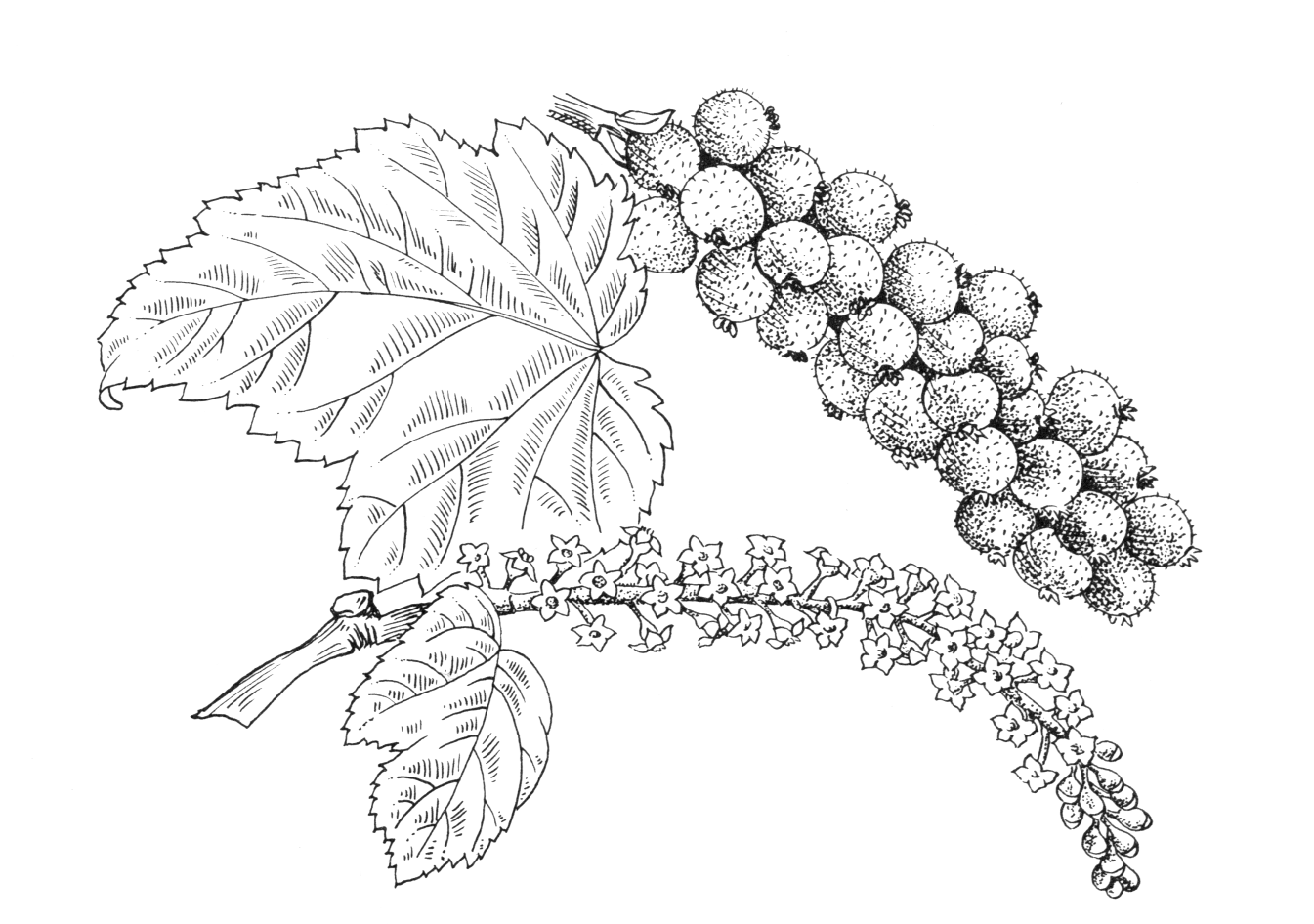Ribes alpinum
Credits
Article from Bean's Trees and Shrubs Hardy in the British Isles
Recommended citation
'Ribes alpinum' from the website Trees and Shrubs Online (treesandshrubsonline.
Genus
Common Names
- Mountain Currant
Infraspecifics
Other taxa in genus
- Ribes ambiguum
- Ribes americanum
- Ribes × beatonii
- Ribes bracteosum
- Ribes cereum
- Ribes ciliatum
- Ribes curvatum
- Ribes diacanthum
- Ribes fasciculatum
- Ribes gayanum
- Ribes glandulosum
- Ribes henryi
- Ribes lacustre
- Ribes laurifolium
- Ribes leptanthum
- Ribes lobbii
- Ribes longeracemosum
- Ribes maximowiczii
- Ribes menziesii
- Ribes mogollonicum
- Ribes nigrum
- Ribes niveum
- Ribes odoratum
- Ribes orientale
- Ribes pinetorum
- Ribes roezlii
- Ribes rubrum
- Ribes sanguineum
- Ribes speciosum
- Ribes tenue
- Ribes uva-crispa
- Ribes valdivianum
- Ribes viburnifolium
A deciduous unarmed shrub, reaching in gardens 6 to 9 ft in height and as much or more in diameter, of dense, close habit; young twigs shining, and at first more or less glandular. Leaves broadly ovate or roundish, three- sometimes five-lobed, the lobes coarsely toothed, the base straight or heart-shaped, with five radiating veins; upper surface with scattered bristly hairs, the lower one usually shining and more or less hairy on the veins, 1⁄2 to 11⁄2 in. long and wide; stalk glandular-downy, 1⁄4 to 1⁄2 in. long. Flowers unisexual, the sexes nearly always on separate plants, produced in the axils of bracts longer than the flower-stalk, greenish yellow; the males up to thirty together on small, erect, glandular racemes 1 to 11⁄2 in. long, the females fewer, and on racemes half as long. Fruits red, not palatable.
Native of Europe from N. England and Scandinavia to N. Spain, central Italy and Bulgaria, but rather patchily distributed and confined to the mountains in the southern part of its range; also of the Atlas and the Caucasus. In the British Isles it is a local species, found here and there in northern England and Wales, usually on limestone; it is abundant in woods near Fountains Abbey in Yorkshire. Although commonly under 6 ft high, there were tree-like plants 15 ft high of this species in an old hedge on the east front terrace of the old hall at Troutbeck, reputed to be 300 years old.
Although this currant has no special beauty of flower or fruit it makes a very neat and pleasing shrub, admirable for shady places. Occasionally plants with perfect flowers may be found.

